

- S Tag Peptide
- T7 Tag Peptide
- 3X FLAG Peptide
- FLAG tag Peptide
| Influenza Hemagglutinin (HA) PeptideEpitope of HA tag peptide |

Sample solution is provided at 25 µL, 10mM.
Quality Control & MSDS
- View current batch:
- Purity = 99.03%
- COA (Certificate Of Analysis)
- HPLC
- MS (Mass Spectrometry)
- MSDS (Material Safety Data Sheet)
- Datasheet
Chemical structure
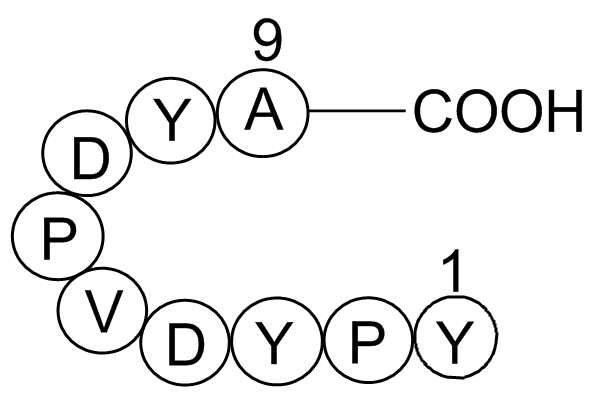
Related Biological Data
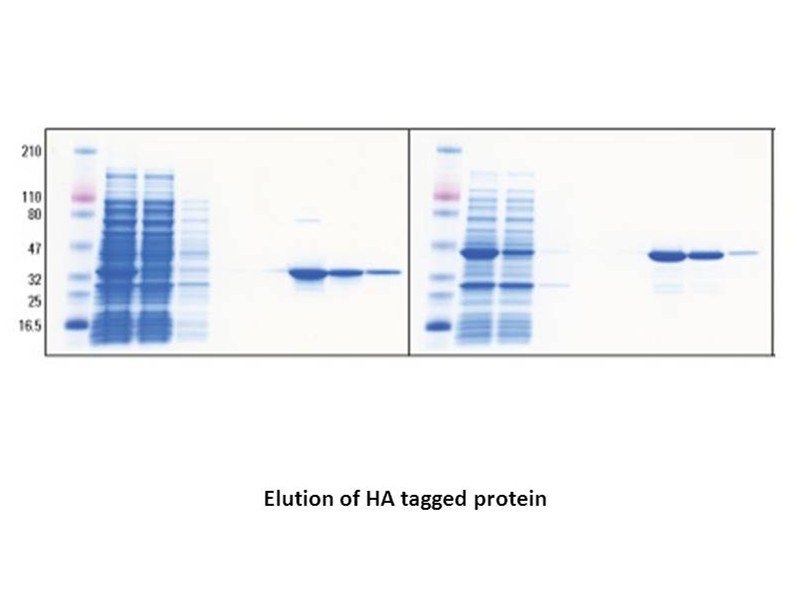
Related Biological Data
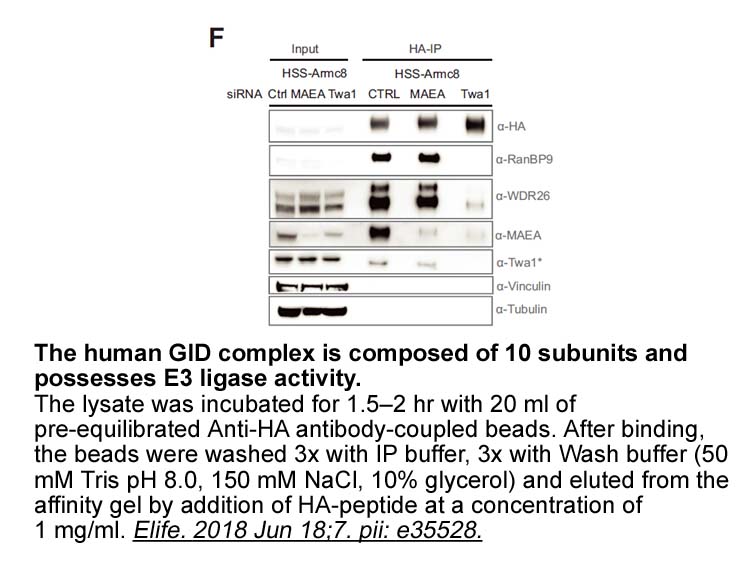
Related Biological Data
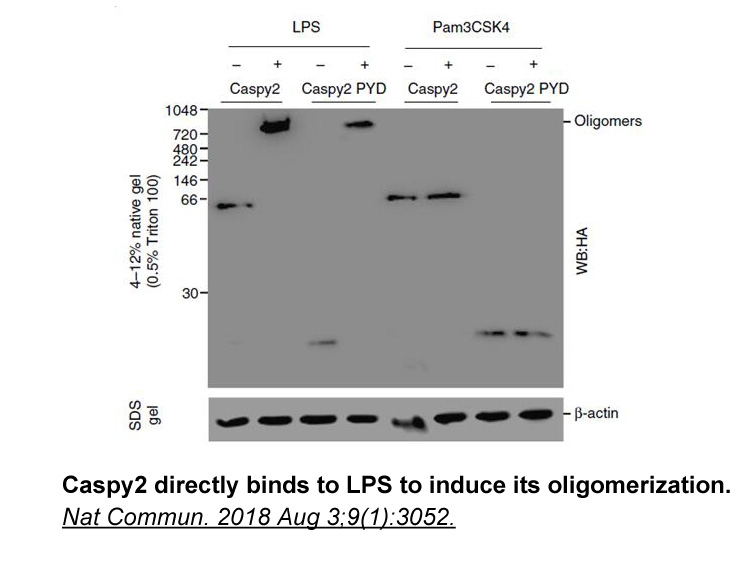
Related Biological Data
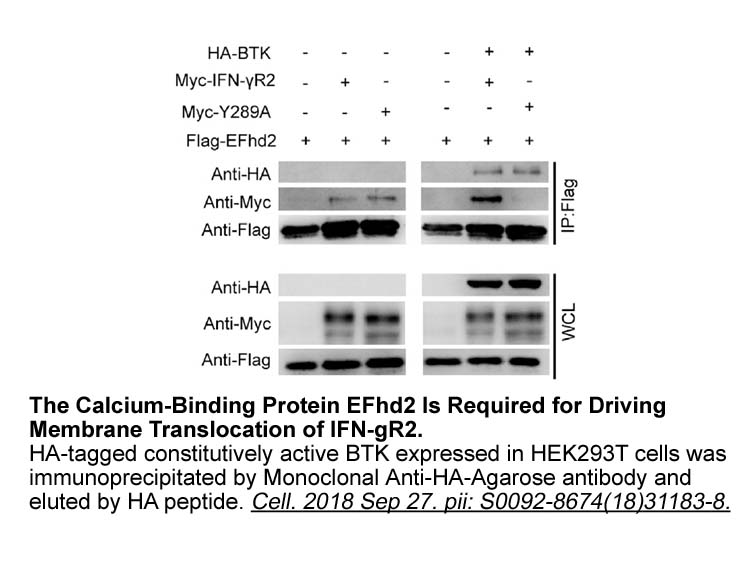
Related Biological Data
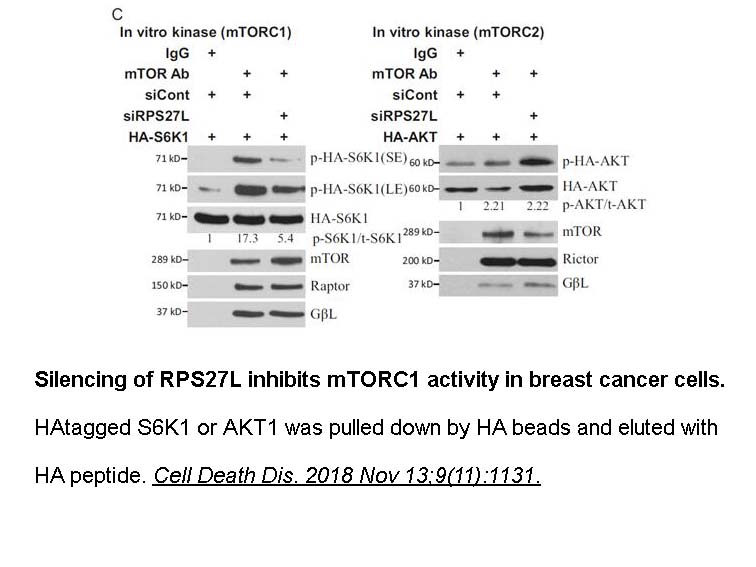
| Description | Influenza Hemagglutinin (HA) Peptide is a tag peptide derived from an epitope of the influenza hemagglutinin protein. | |||||
| Targets | anti-HA-tag antibody | |||||
| IC50 | ||||||

Influenza Hemagglutinin (HA) Peptide Dilution Calculator
calculate

Influenza Hemagglutinin (HA) Peptide Molarity Calculator
calculate
| Cas No. | 92000-76-5 | SDF | Download SDF |
| Synonyms | H-Tyr-Pro-Tyr-Asp-Val-Pro-Asp-Tyr-Ala-OH | ||
| Chemical Name | Influenza Hemagglutinin (HA) Peptide | ||
| Canonical SMILES | CC(C)C(C(=O)N1CCCC1C(=O)NC(CC(=O)O)C(=O)NC(CC2=CC=C(C=C2)O)C(=O)NC(C)C(=O)O)NC(=O)C(CC(=O)O)NC(=O)C(CC3=CC=C(C=C3)O)NC(=O)C4CCCN4C(=O)C(CC5=CC=C(C=C5)O)N | ||
| Formula | C53H67N9O17 | M.Wt | 1102.15 |
| Solubility | ≥55.1075mg/mL in DMSO | Storage | Desiccate at -20°C |
| Shipping Condition | Evaluation sample solution : ship with blue ice.All other available size:ship with RT , or blue ice upon request | ||
| General tips | For obtaining a higher solubility , please warm the tube at 37 ℃ and shake it in the ultrasonic bath for a while.Stock solution can be stored below -20℃ for several months. | ||
HA tag,Complexes containing plasmid DNA, transferrin-polylysine conjugates, and polylysine-conjugated peptides derived from the N-terminal sequence of the influenza virus hemagglutinin subunit HA-2 have been used for the transfer of luciferase or -galactosidase marker genes to K562 cells, HeLa cells, and BNL CL.2 hepatocytes. The presence of these influenza peptide conjugates in the DNA complexes renders the complexes active in membrane disruption in a liposome leakage assay and results in a substantial augmentation of the transferrin-polylysine-mediated gene transfer.
Fusogenic peptides derived from the N-terminal sequence of the influenza virus hemagglutinin subunit HA-2 is part of the DNA complexes and the resulting augmentation of gene transfer to cultured cells1.
In the influenza virus, the hemagglutinin (HA) protein mediates both binding of the virus to the cell surface and the subsequent fusion of viral and cellular membranes. HA is composed of a receptor-binding subunit, denoted HA1, and a fusogenic subunit, denoted HA2. The native HA1yHA2 complex, as found on the surface of the native virus, is fusioninactive. For influenza virus, membrane fusion is regulated by the conformational state of the hemagglutinin (HA) protein, which switches from a native (nonfusogenic) structure to a fusion-active (fusogenic) conformation when exposed to the acidic environment of the cellular endosome. The native structure of HA is trapped in a metastable state and that the fusogenic conformation is released by destabilization of native structure2.
References: 1. E. WAGNER, C. PLANK et al, Influenza virus hemagglutinin HA-2 N-terminal fusogenic peptides augment gene transfer by transferrin-polylysine-DNA complexes: Toward a synthetic virus-like gene-transfer vehicle. Proc. Nati. Acad. Sci. USA Vol. 89, pp. 7934-7938, September 1992 2. C. M. CARR, C. CHAUDHRY, P. S. KIM et al. Influenza hemagglutinin is spring-loaded by a metastable native conformation. Proc. Natl. Acad. Sci. USA Vol. 94, pp. 14306–14313
ApexBio是用于生物学研究的肽和实验室试剂的主要提供商。我们在细胞凋亡,表观遗传学,癌症生物学等研究领域拥有广泛的产品线。Apexbio还提供定制服务,包括肽合成,抗体生产和测定开发。















